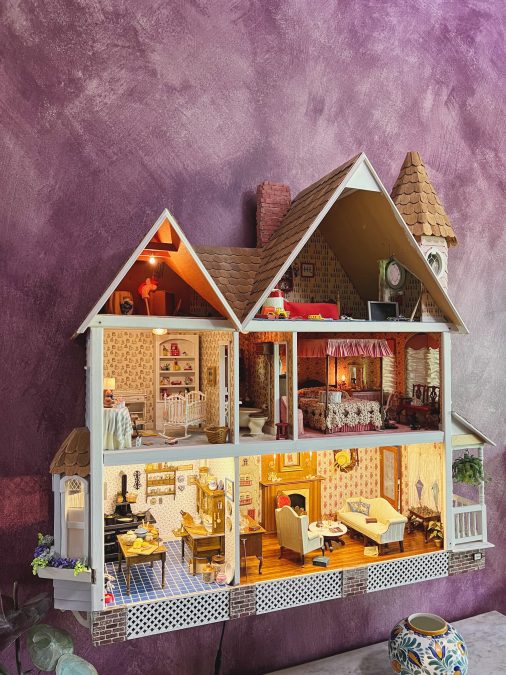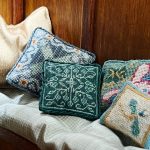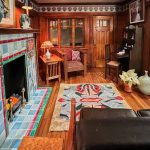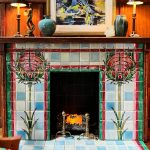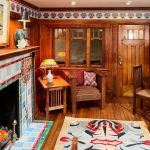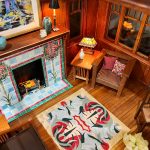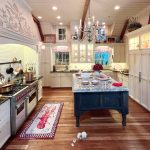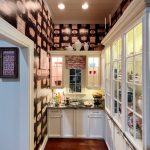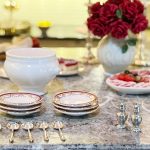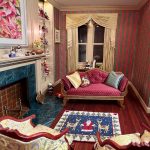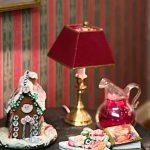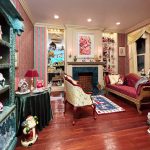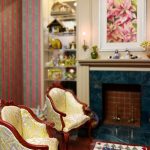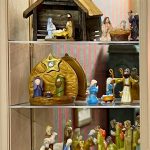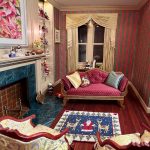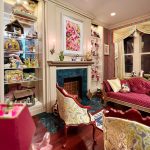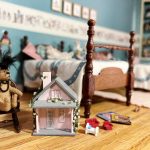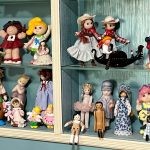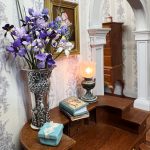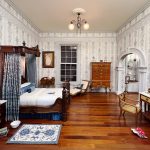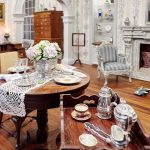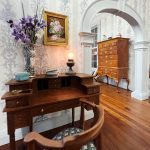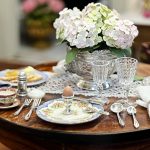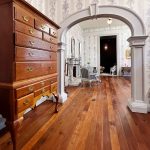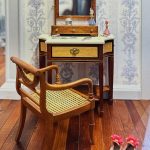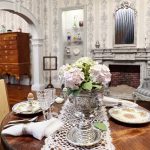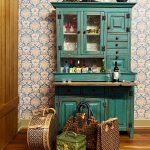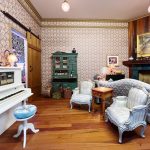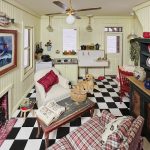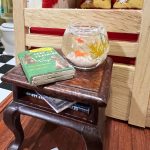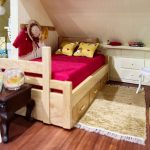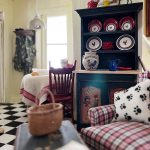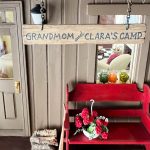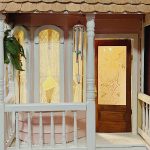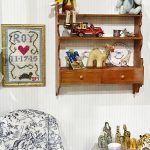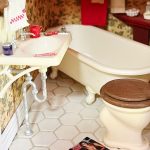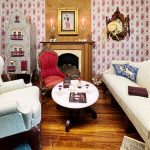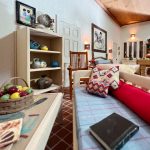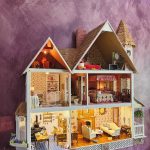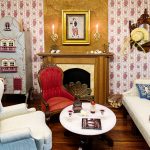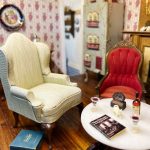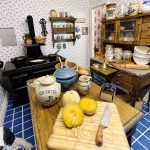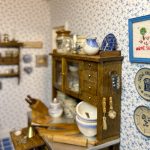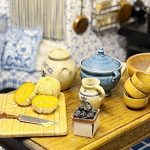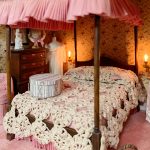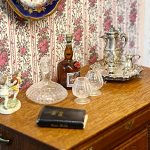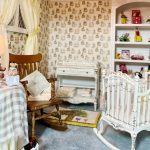
No Place Like Home
August 1, 2022
Houma-Terrebonne Chamber Donates Supplies to Pack the Bus
August 1, 2022First built in the 17th century in northern Europe, primarily in Germany, Holland, and England, dollhouses were originally designed for adults. In fact, the German word dockenhaus doesn’t exactly translate to “dollhouse” but “miniature house.” In Holland, these exhibits of wealth were called “cabinet houses.” The front of the house opens like a china cabinet on hinges that can be closed and locked. Inside cabinet houses, people could both show off and conceal their collections of expensive miniature objects.
Houma resident Martha South has been building these miniature masterpieces since the 1980s. Some of the intricate rooms are tucked away inside pieces of furniture such as a barrister cabinet, or room boxes inside a converted hall closet. Others are full houses, displayed where visitors can turn them around for a full view. True works of art and a labor of love, Martha continues to share her hobby with family and friends.
“I have always been fascinated by them and knew of some of the famous dollhouses, such as the Thorne Miniature Rooms and Colleen Moore’s Fairy Castle in Chicago,” shared Martha. “At one point early in my married life, I mentioned that I would love an adult dollhouse and my sweet husband said that was the stupidest thing he’d ever heard of! But he has come a long way because he is definitely my enabler. I built my first house in the early eighties starting around 1982 or 83, and finished at about 84.”
Martha currently has around 12 dollhouse rooms in and around her home, including the Federal dining room she recently started. Each room begins with an idea or design board, similar to the way interior designers tackle large-scale rooms.
“To me, one of the most enjoyable parts is the planning, the thinking and research,” explained Martha. “Very much like a real designer might approach it to make sure it works together, picking the colors and the fabrics, deciding on a period and a theme. Everything has to be to scale, so not only finding the furniture, but making sure it fits. I also pay a lot of attention to color because I love bold, bright colors, but sometimes in miniature bold colors just really are a little too much. You have to be careful that your colors are attractive, but scale down enough to where it pleases the eye when you’re looking at it in totality.”
As the years have increased in number, so has Martha’s skill for her unique hobby. Her first house hangs proudly in the foyer of her real home. This masterpiece is a three-story home that still receives loving care and attention from its creator.
“The first house I built is one of the only houses that really looks more like a house, even though it has some rooms missing and some of it is unrealistic. It doesn’t have a staircase, even though it’s three stories!” laughs Martha. “I took it out to make more room. When my children were little, they used to play like a family of acrobats lived there and flipped from one floor to the other.”
Finding the right pieces to go inside each of her rooms is part of the fun. Martha shared that she has boxes stashed away with findings, cataloged by style or by period. Over the years, she has become friends with multiple artisans who design and create furniture and accessories. She often reaches out with specific needs to those she has met. Several pieces of furniture are handcrafted by some very talented people around the world, including South Africa, Italy, and Spain. Martha also is skilled in making some of her own pieces, taking classes to learn how to make the items she needs.
“For about seven or eight years now, I have attended a week-long school in Maine, the International Guild of Miniature Artisans school,” said Martha. “I take classes there and learn new techniques with lots of different materials. Just last month, I did one class in wood turning, one class in sculpting food with clay where I made chocolate covered strawberries, one class in paper tissue flowers, where you put like 84 different pedals on the circle that’s the size of a pinhead. I also took a class in needle work. I do petit point cross stitch, working in about 56 stitches to just an inch.”
Almost every room she completes has a plant, books, and a cocktail. A very talented watercolor artist as well, most rooms feature a work of art by Martha. Many of the rugs and pillows are created by Martha as well.
Martha’s grandchildren now help her with the care and some of the building of the houses and rooms. One of her newer houses is called “Grandmom and Clara’s Camp.” The camp was built by Martha and one of her grandchildren Clara. The little hands also assist in the polishing of the tiny but very real pieces of silver that tarnish over time, and in the dusting. Martha even has an area in the lower shelves of her closet-turned-room-box display where the grandchildren can play and build their own rooms.
The ideas in Martha’s head for different rooms are still flowing. She has many projects and space in the barrister bookshelf to build them.
“After the Federal dining room, I’d like to do a kitchen that you might find in a really nice mountain retreat lodge,” shared Martha. “I’ve already started collecting the copper for the mountain retreat. I have so many ideas, I hope to live to be one hundred!”
Photo gallery by Misty Leigh McElroy:
Arts and Craft Cottage:
Farm Kitchen:
Christmas Room:
Child’s Room:
Teen’s Room:
Victorian:
Leopard Study:
Fishing Camp:
Martha’s First House:

